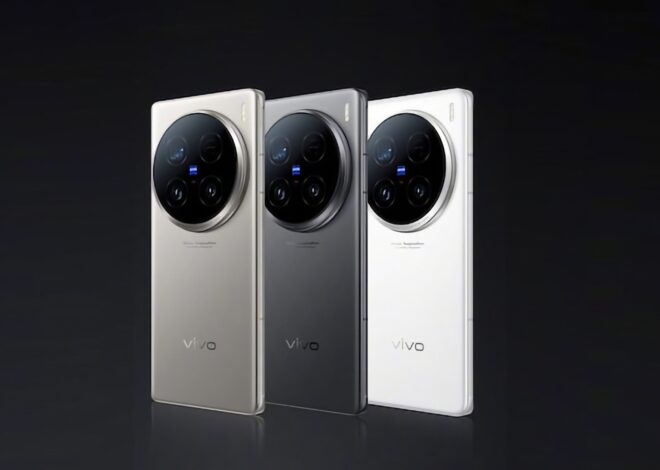
The “iPhone 6” Review: The Evolution of Design and Display
Design and Build Quality:
The iPhone 6 marked a departure from the previous iPhone models with its thinner and more rounded design. The aluminum unibody construction provided a premium feel, and the curved edges seamlessly integrated with the glass front. The device’s overall build quality was a significant leap forward, showcasing Apple’s commitment to design aesthetics.
4.7-inch Retina Display:
The iPhone 6 introduced a larger 4.7-inch Retina HD display, offering a resolution of 1334 x 750 pixels. The increase in screen size and pixel density contributed to a more immersive viewing experience. The display quality, with accurate colors and good brightness levels, was well-received by users.
Performance and A8 Chip:
Powered by the A8 chip with a dual-core 1.4 GHz Cyclone processor and 1GB of RAM, the iPhone 6 delivered a responsive and efficient performance for its time. It handled everyday tasks, including web browsing, app usage, and media consumption, with ease. The device showcased Apple’s focus on optimizing hardware and software integration for a smooth user experience.
Camera Capabilities:
The iPhone 6 featured an 8MP rear camera with improved sensors and optical image stabilization. While it may not have matched the megapixel count of some competitors, Apple’s optimization and image processing resulted in high-quality photos with accurate colors and good low-light performance.
iOS 8 and Software Updates:
The iPhone 6 launched with iOS 8, introducing several new features such as third-party keyboard support, interactive notifications, and Apple Pay. Apple’s commitment to providing software updates for several years ensured that the iPhone 6 remained relevant and received security updates for an extended period.
Connectivity and Battery Life:
The iPhone 6 supported 4G LTE connectivity, providing fast data speeds for browsing and streaming. The battery life, while not groundbreaking, was adequate for a full day of moderate usage. It featured improvements over its predecessor, and users could optimize battery performance through various settings.
Conclusion:
The iPhone 6 represented a significant evolution in Apple’s smartphone design, introducing a larger and more modern form factor. Its combination of a sleek design, improved display, capable camera system, and the efficiency of iOS made it a popular choice for users at the time of its release. While it may not compete with the latest smartphones in terms of specifications, this remains a testament to Apple’s commitment to delivering a user-friendly and stylish device.
For more Reviews like this. Visit our Website Here

